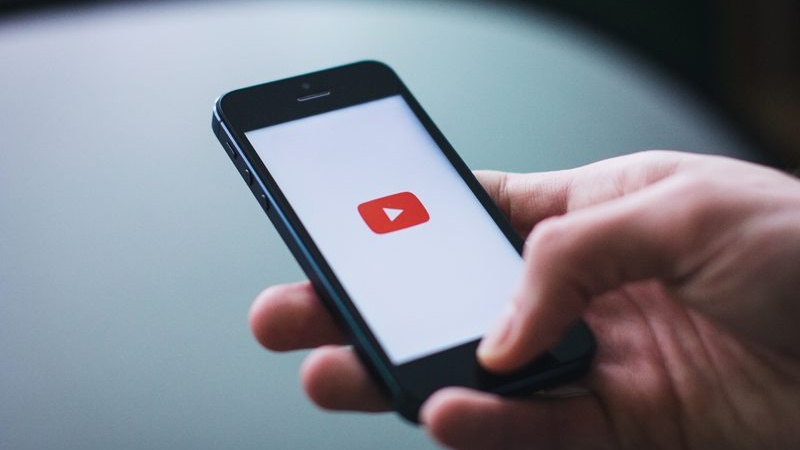The sheer volume of content being uploaded to video sharing platforms and streaming services is currently at a peak that hasn’t been seen for some time. This means competition for viewers is also at it’s most intense. Over the past decade video content has become normalised as a marketing tool as well as a means of entertainment. The recent addition of livestreaming has added another dimension to this, too. Here’s Probella’s guide to the Dos and Don’ts of Lockdown Video Content.
Have Something to Say
The sheer novelty of video streaming services has attracted thousands of curious new users over the past few weeks but as most of them have little to no experience in using this type of platform, the quality of the content that has been uploaded hasn’t been of a particularly high standard. One of the main issues has been that many livestreams and videos are essentially people sitting at home and discussing nothing in particular. Though this type of content can be very popular for well known influencers, celebrities and other online figures who already enjoy a healthy following, it’s not as effective for somebody who is just starting out on their content creation journey. Whether you are discussing the impact the virus has had on your business, how you are coping with the changes you have had to make or discussing a totally different topic, make sure that you have a focus or at least a basic outline of what you are hoping to convey to your audience. Not doing so leads to disjointed, rambling content that doesn’t really seem to have a purpose and this will inevitably lead to people looking elsewhere.
Confidence, clarity and communication
Whether you’re recording daily video diaries that show how your scaled down business is still operating or livestreaming question and answer sessions about your products, adopting a confident, clear tone and communicating with your audience properly is essential. Mumbling, stuttering, too many pauses or messages that sound vague and confusing should all be avoided at all costs. If you need to rehearse what you want to say before you record or stream it, do this several times to highlight any areas of potential difficulty. Things like pronunciation, diction and pacing can all be addressed after a couple of run throughs. Though nobody is expecting you to behave like a professional broadcaster on a TV station, there is a big difference between communicating with somebody face to face and doing so via the medium of video.
Encourage Audience Interaction
Online content relies on two-way interaction in the form of comments, likes, shares and more. During this lockdown period, many people will have a lot more time on their hands then they are used to, meaning they are likely to me more open to engaging with others online. Directly asking your users to comment, join a live chat or to add links to their own content elevates any video content you create. Though “begging for likes” was never considered to be an acceptable approach by any self-respecting content creator, actively encouraging people to share your content if they genuinely enjoyed it is perfectly acceptable. Similarly, engaging with other people’s content that is similar to your own can be a great way of sharing an audience. There will always be an element of coemption in video-based content sharing, but this doesn’t mean you can’t help each other out a little, too.
Be Genuine
During times of crisis, people respond well to displays of human emotion, rather than irony, black comedy or confrontational marketing tactics. Though some exceptions exist, at present, most users will be looking for content that allows them to feel more connected with the world in general. By offering your perspective on the situation and opening up about how the global pandemic has affected your business, you should be able to show your customers a little bit of the personality that makes up your brand or business. Though we would recommend that you keep things as upbeat and positive as possible, explaining that you are struggling with the situation can be a good way of demonstrating that you are more than just a money-making company. This kind of approach will generally do your more favours than simply trying to “keep calm and carry on”.
Consider Collaborations
For those who are in lockdown alone, creating engaging content can be difficult. No matter how engaging your presentation style or scripts, there’s only so much you can do with a single person and a webcam. Collaborating with other users means that you can potentially open up two-way conversations, which are often more entertaining to watch and feel more natural than a serious of monologues to camera. This may not be possible for everybody but for small businesses who risk closure due to lack of footfall or those who are unable to provide their usual services, creating videos that discuss the impact of the virus and how you plan to manage this can be both entertaining and informative. For many sole traders and self-employed people, the future is very uncertain. Professionals such as massage therapists, chefs or performance artists are likely to suffer significant losses due to the unprecedented nature of the situation. Collaborative video productions may be a way of generating new business when this situation is resolved and will also help to maintain exposure while you are unable to physically work.
Summary
There’s no escaping the fact that this situation is profoundly damaging for the global economy and individual businesses. Video content during lockdown should probably mention this fact but dwelling on the negatives is rarely a good thing. Consider all of the suggestions we have offered above and also try to make sure that you maintain a relatively positive and upbeat tone in anything that you create. These are some of the most uncertain times the world has ever known but with perseverance and dedication, we can get through them.






